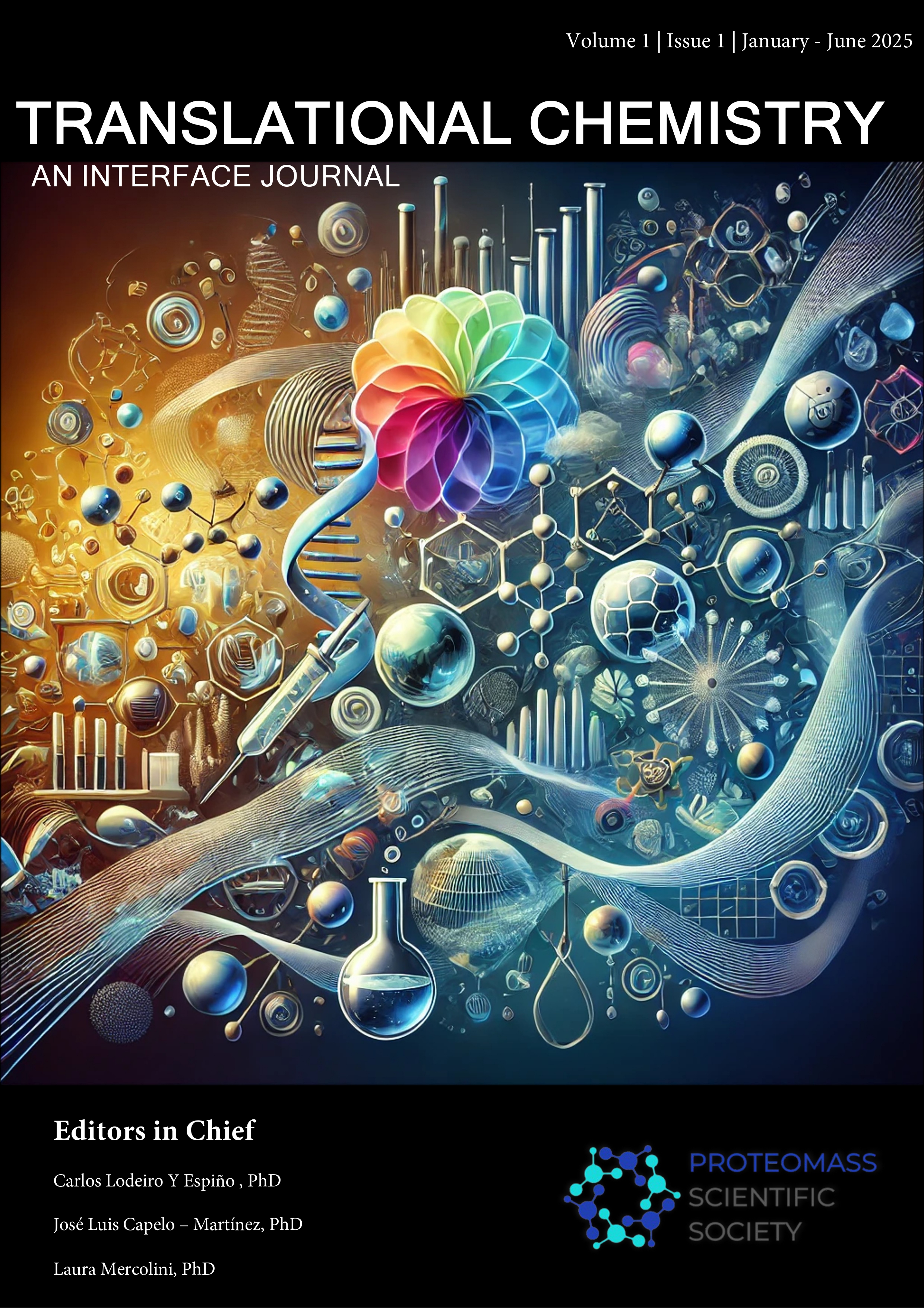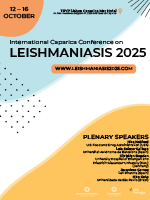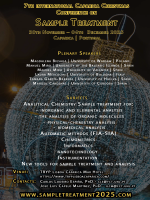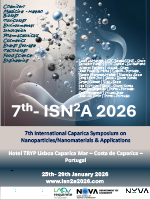Increasing the potential of enzymatic environmental reactions by applying Tesla valve
DOI:
https://doi.org/10.5584/translationalchemistry.v1i1.239Keywords:
tesla valve, bioreactors, 3D printing, enzymatic reactions, EE2 degradationAbstract
The Tesla valve has been investigated as a potential bioreactor for enzymatic reactions. The reactor obtained through 3D printing, was optimized in a colorimetric neutralization reaction of sodium hydroxide with hydrochloric acid and was tested for its ability to facilitate the enzymatic degradation of 17α-ethynylestradiol (EE2) using laccase. The study demonstrated the influence of reagent flow rates on product properties, apparent and averaged Reynolds numbers, process duration, and estrogen degradation efficiency. The results indicated that degradation efficiency depended mainly on the enzyme stream flow rate, with the highest efficiency (84%) achieved when the enzyme flow rate was three times higher than that of EE2. An additional advantage of using the Tesla valve is its simple design, the absence of mechanical stirrers, and its ability to prevent backflow, contributing to lower operational costs and increased durability. All these findings suggest a high potential for the application of the Tesla valve as a bioreactor in enzymatic processes.
Downloads
Published
Issue
Section
License
Copyright (c) 2025 Translational Chemistry – An Interface Journal

This work is licensed under a Creative Commons Attribution 4.0 International License.







